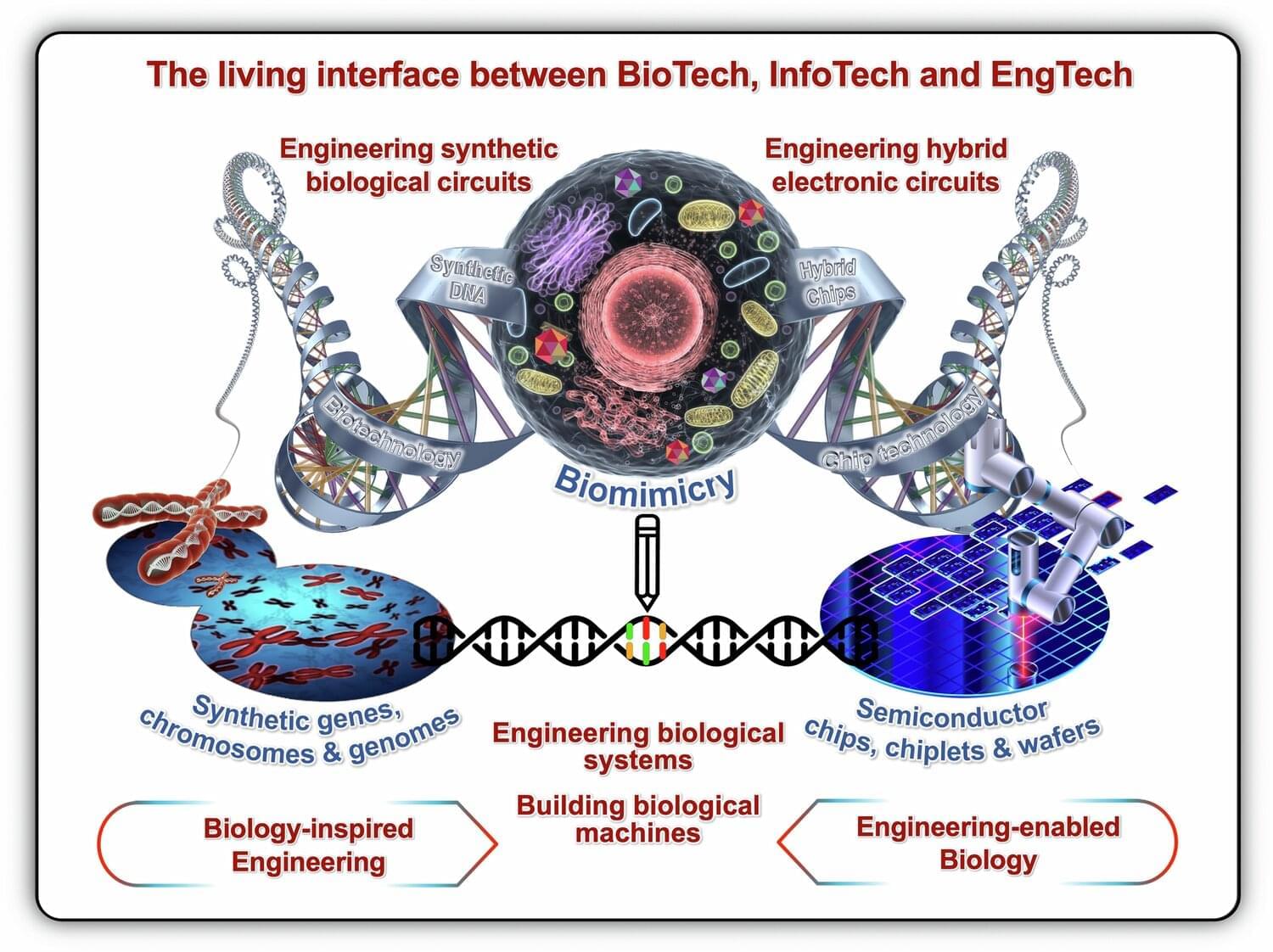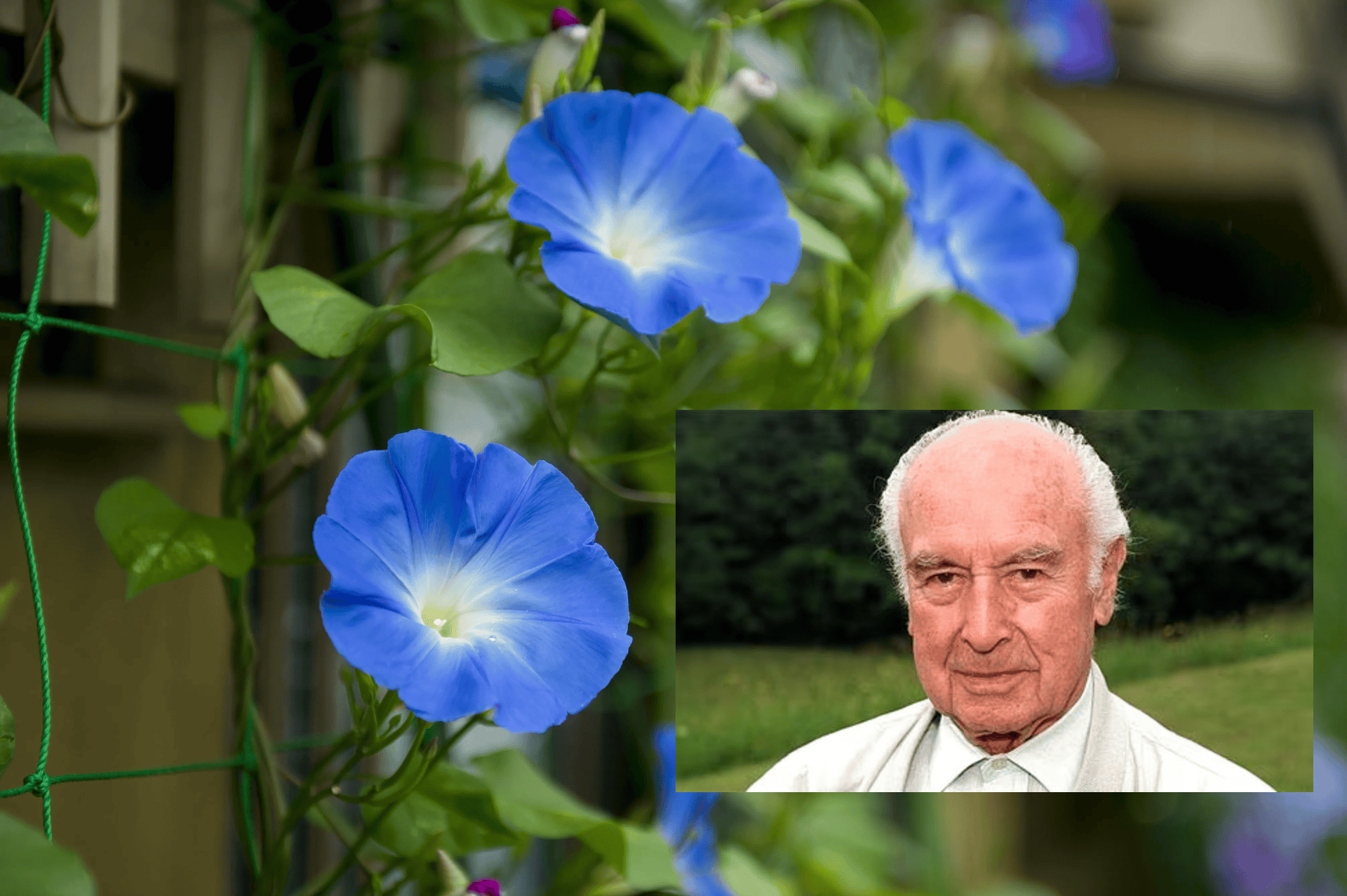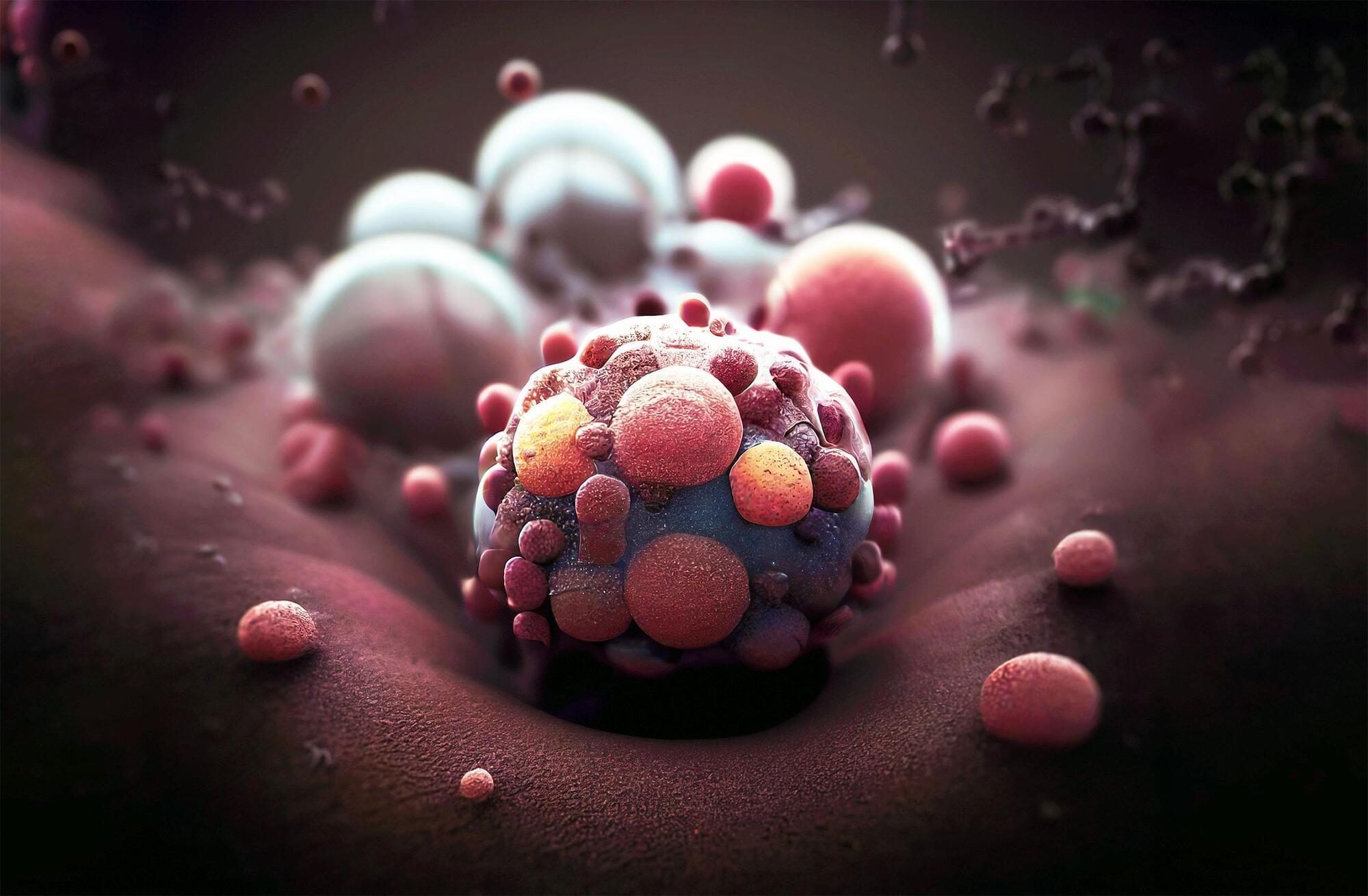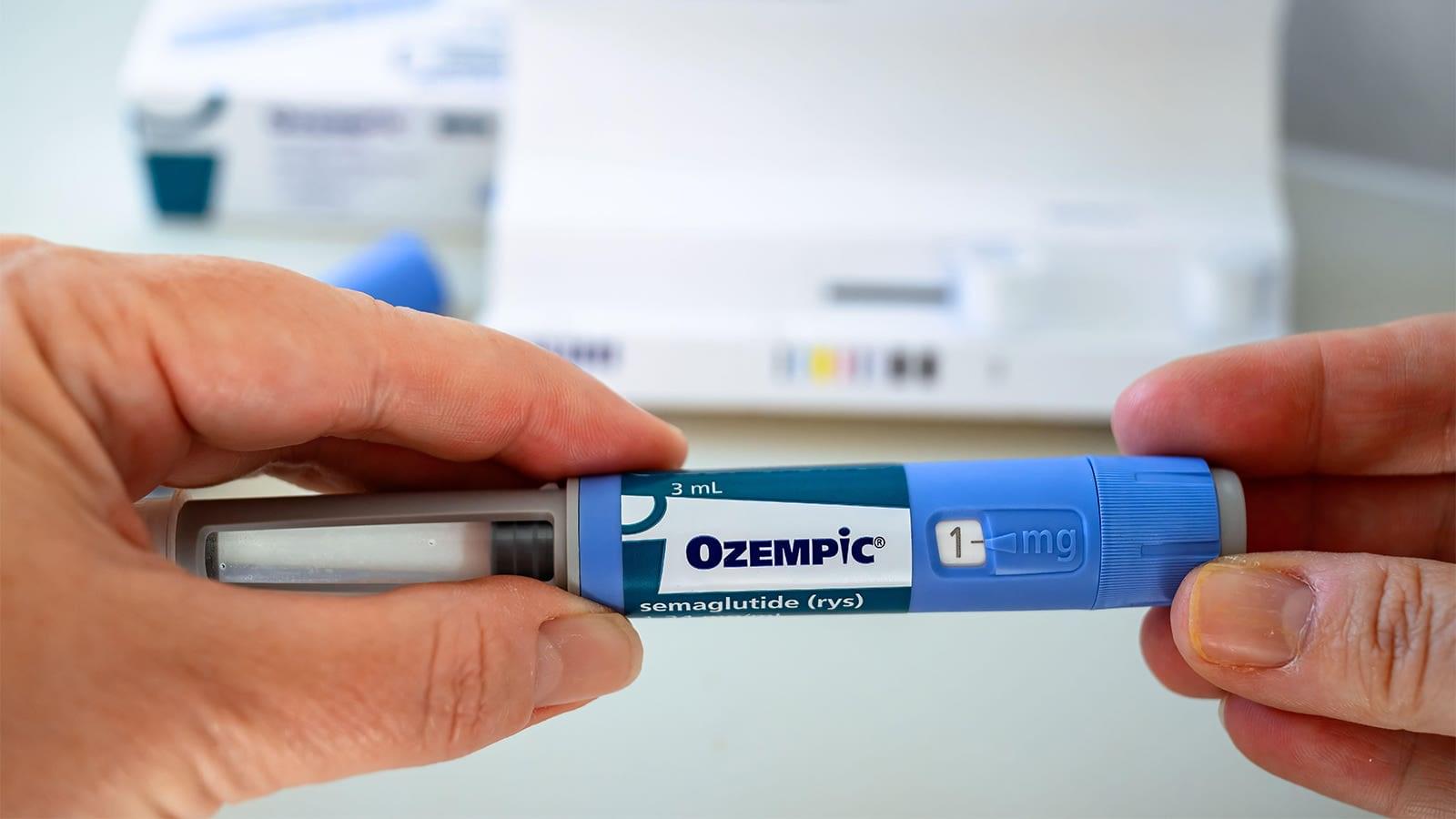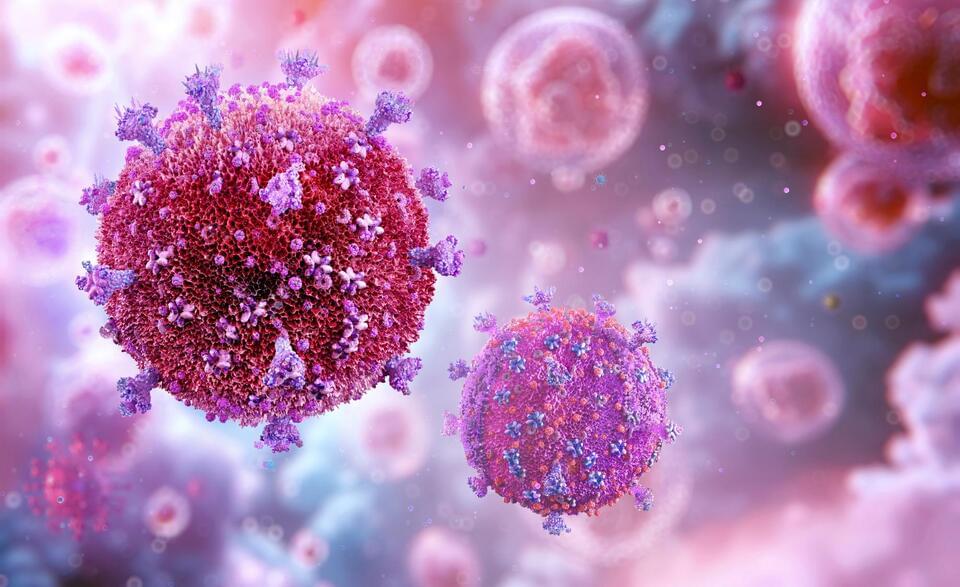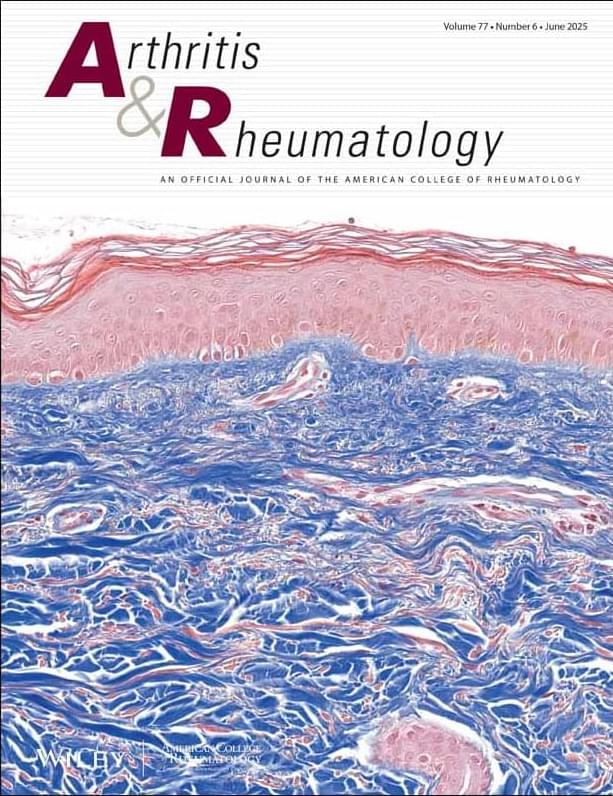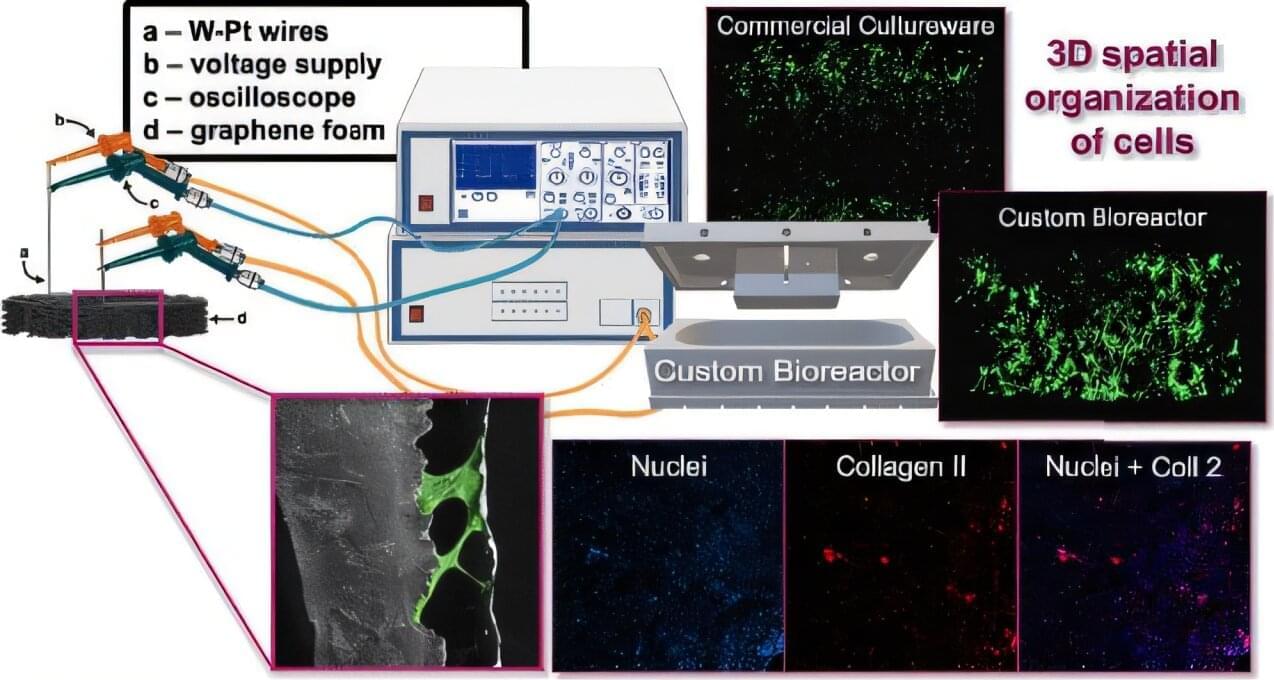Mixed urinary incontinence presents a clinical conundrum. Patients with mixed urinary incontinence report symptoms of both stress incontinence (loss of urine with exertion) and urge incontinence (loss of urine with urgency). Mixed urinary incontinence is a combination of the two that affects 37% of women older than age 65 years.1 The personal and societal costs of incontinence are significant. In women with symptoms of severe urinary incontinence, the cost of supplies, laundry, and dry cleaning range from $900 to $4000 annually.2 By 80 years of age, 20% of women will undergo surgery for stress or mixed urinary incontinence.3 Physical and behavioral therapy improves both incontinence types, and medications are standard treatment for urgency urinary incontinence. When conservative therapies fail, conventional guidance has been to treat the urgency prior to the stress component of mixed incontinence, because anti-incontinence surgical procedures can worsen urgency incontinence, and many urgency treatments are medical rather than surgical.4-7 Another strategy has been to treat whichever symptom is dominant.8
A previously published randomized trial of patients with mixed urinary incontinence compared midurethral sling plus behavioral and physical therapy vs sling alone. Findings from the Effects of Surgical Treatment Enhanced With Exercise for Mixed Urinary Incontinence (ESTEEM) trial revealed that both groups, with or without behavioral and physical therapy, reported improved urgency symptoms, findings that substantiated prior cohort studies.9-11 While the original hypothesis of ESTEEM was that treating both components of mixed urinary incontinence with behavioral and physical therapy plus sling would result in better patient outcomes, ESTEEM revealed that urgency symptoms can improve with the midurethral sling alone, challenging previously held beliefs about the impact of anti-incontinence surgeries worsening the urgency component of mixed incontinence.
In this issue of JAMA, investigators report the results of an important trial that is the next natural step in exploring how best to treat mixed urinary incontinence.12 The Treatment for Mixed Urinary Incontinence: Midurethral Sling vs Botox A (MUSA) is a randomized clinical trial of 137 patients with mixed urinary incontinence and moderate bother from both stress and urge symptoms randomized to either the midurethral sling or 100 U of onabotulinumtoxinA.12 Participants had an average number of 7 leakage episodes a day, representing patients severely affected by incontinence. Importantly, patients previously had unsuccessful conservative interventions, including medications. The investigators hypothesized that treating the urgency component of mixed urinary incontinence with onabotulinumtoxinA would result in better outcomes than focusing on the stress component with a midurethral sling.

